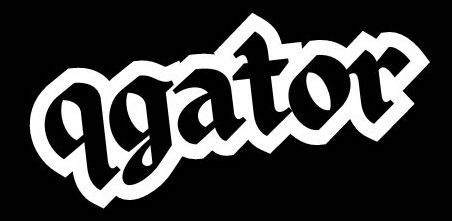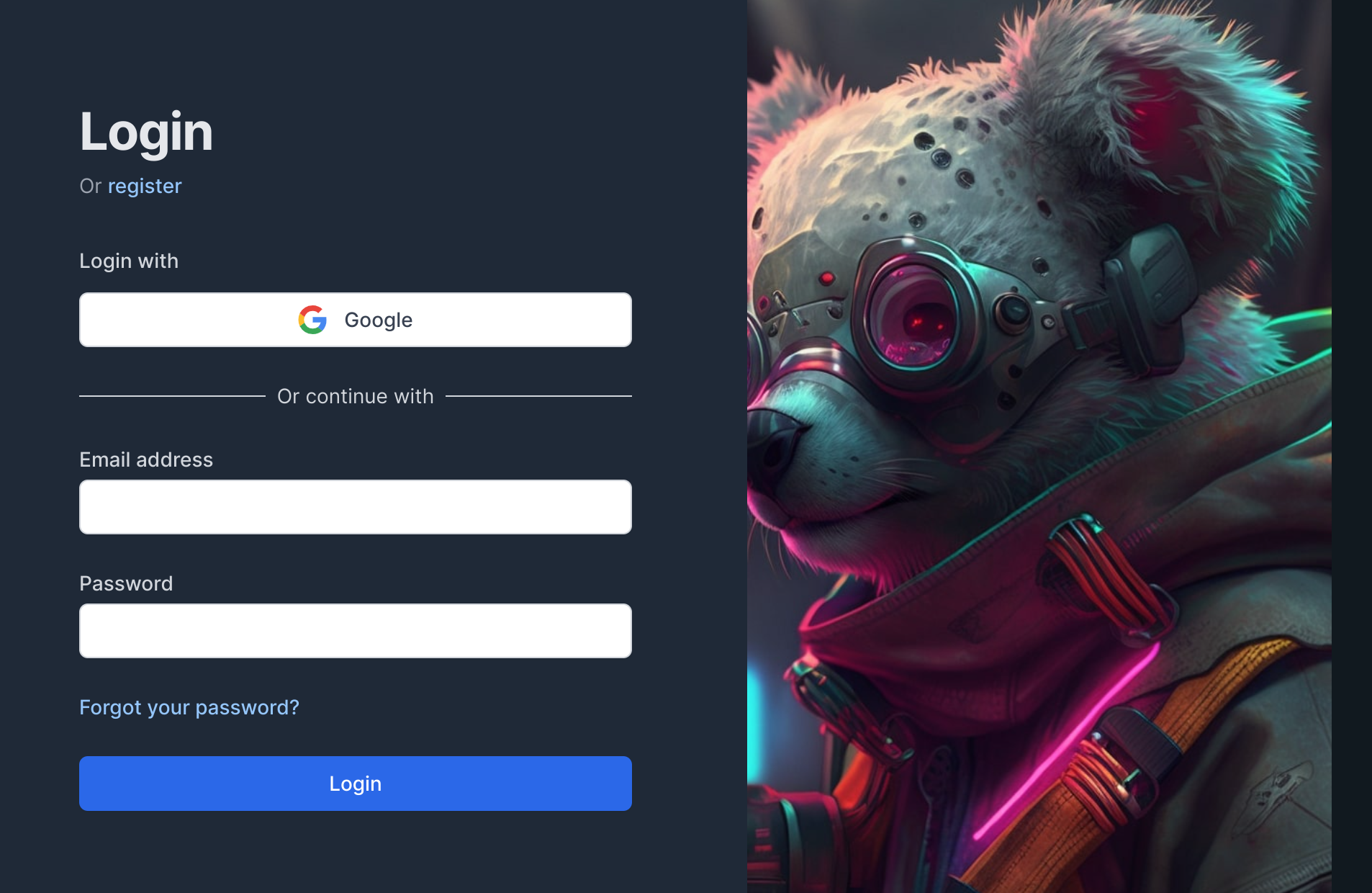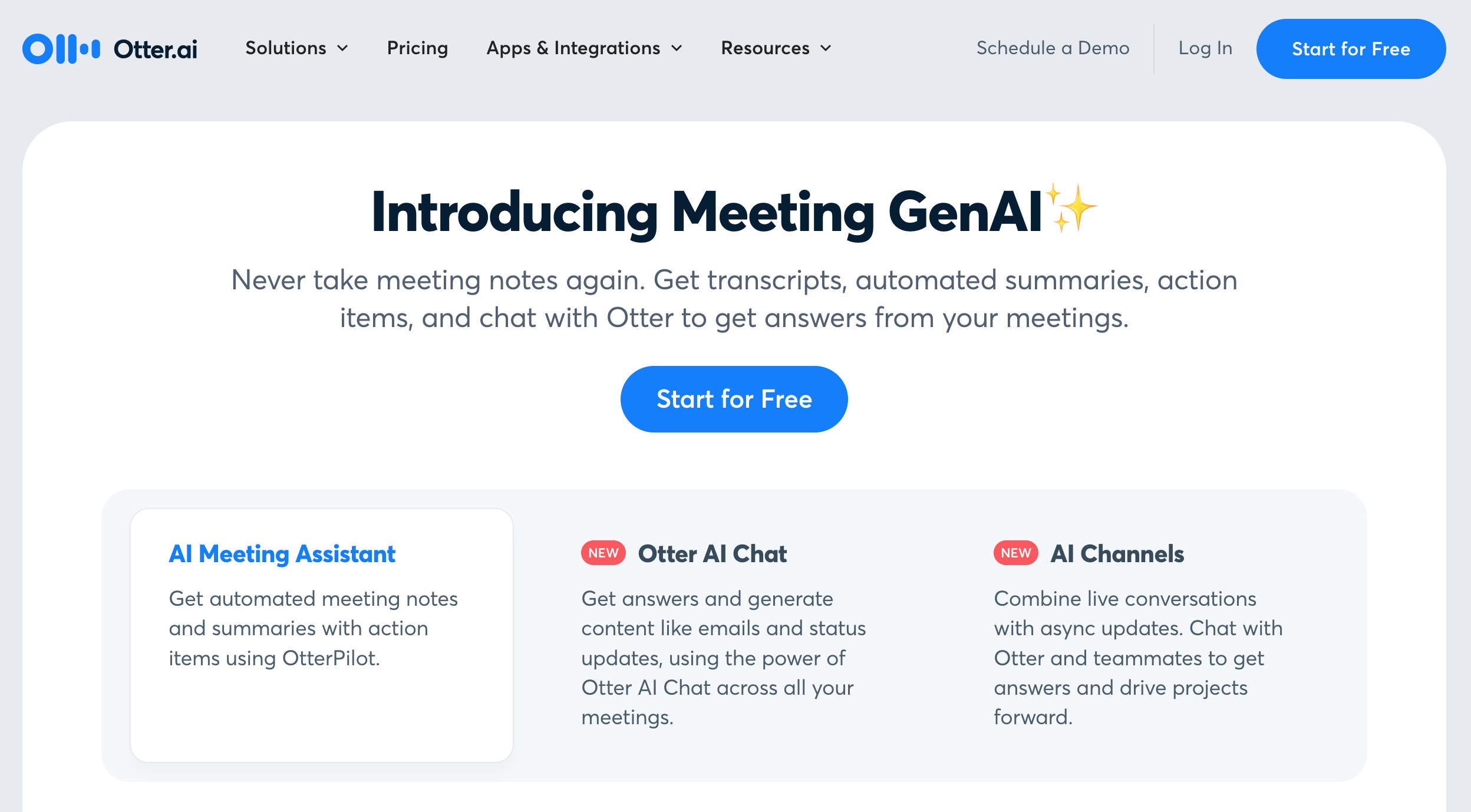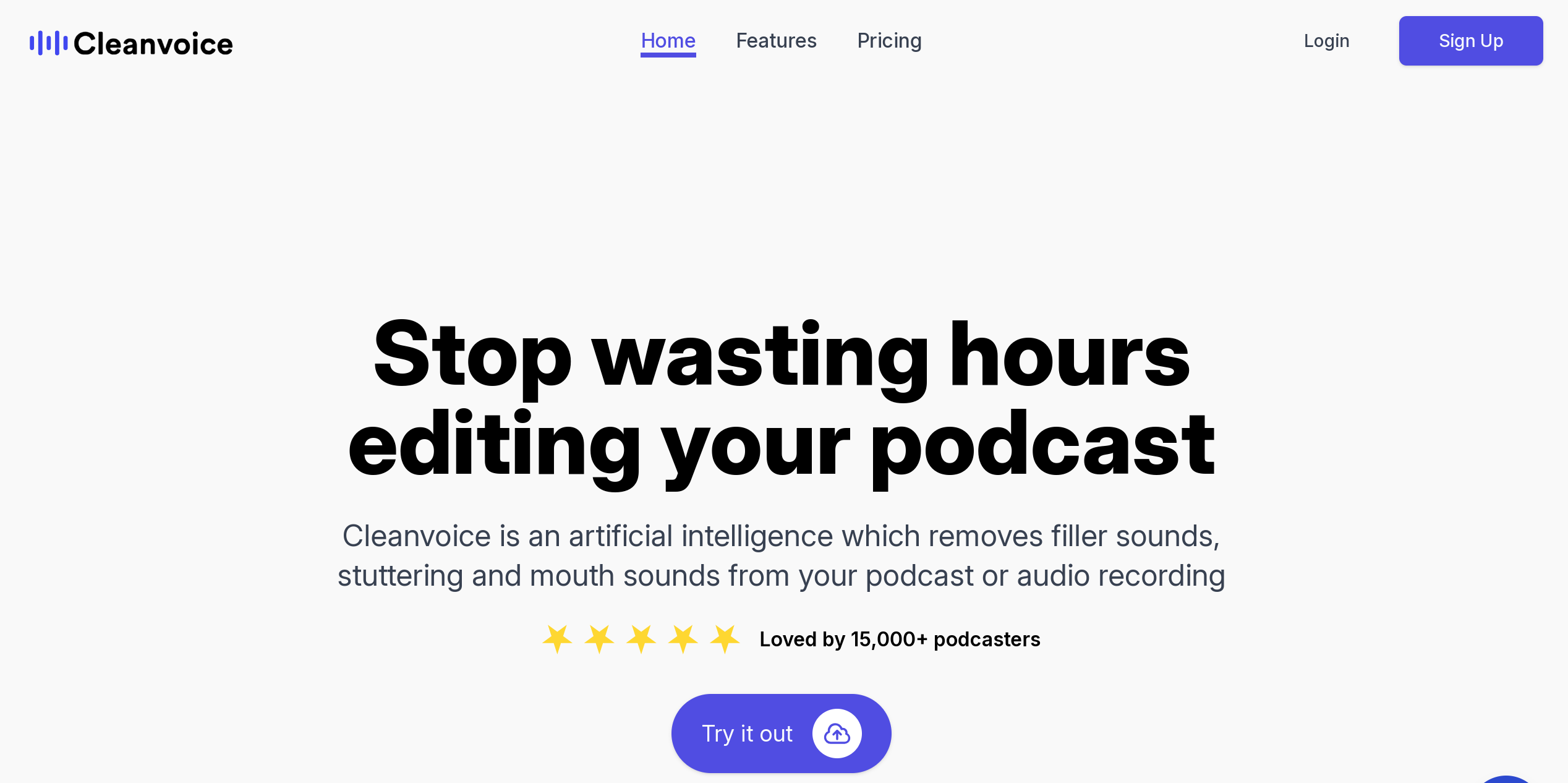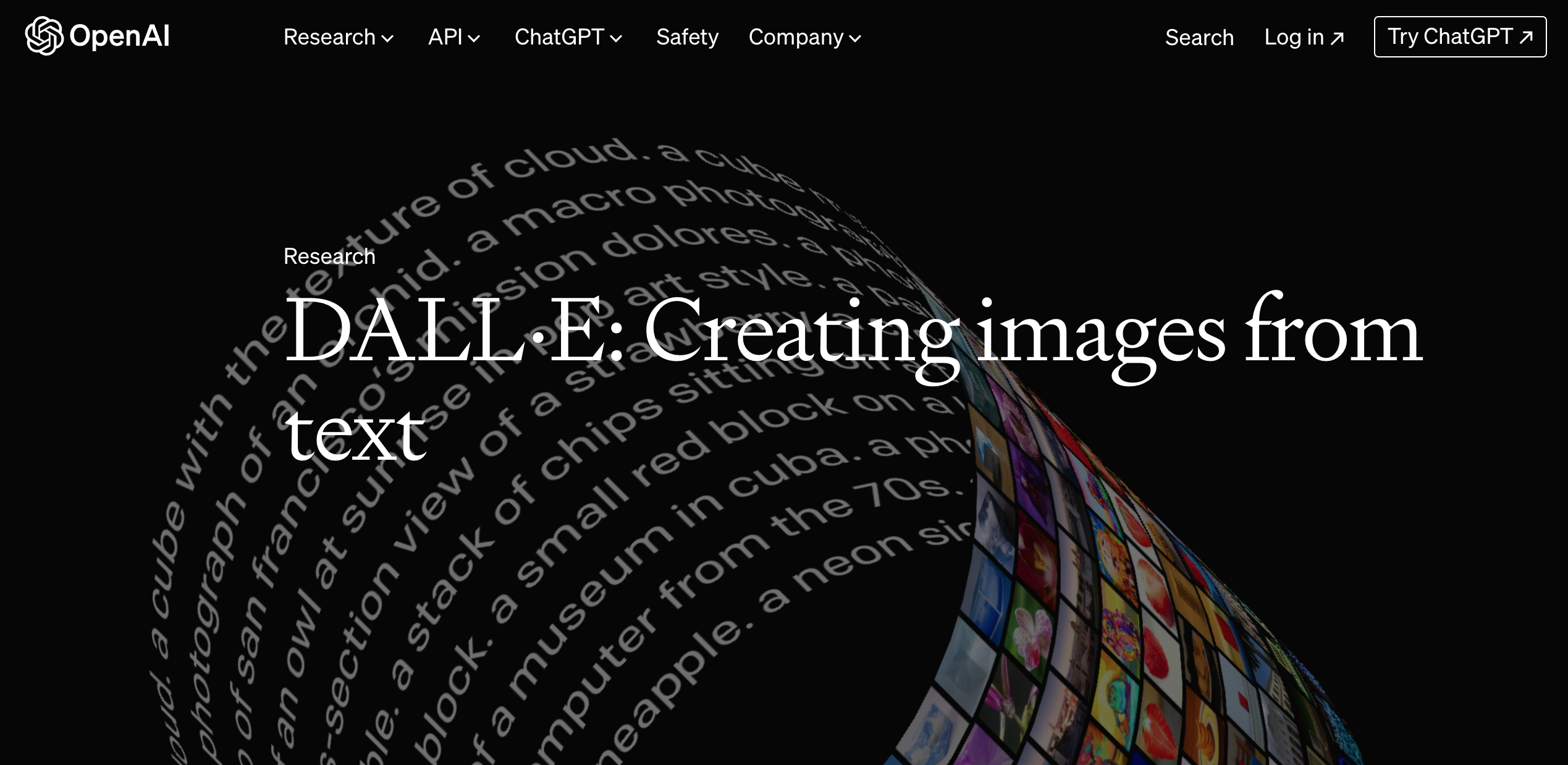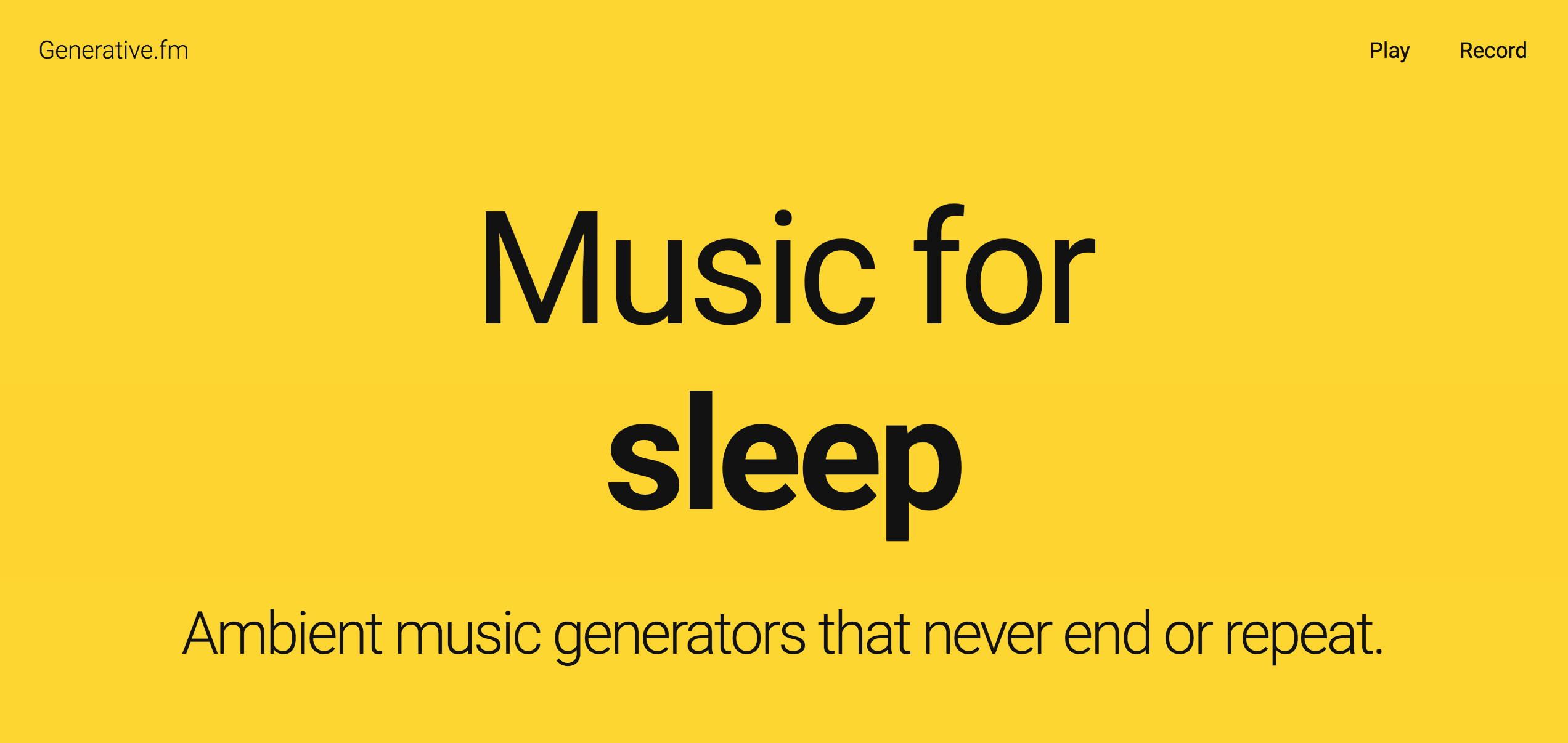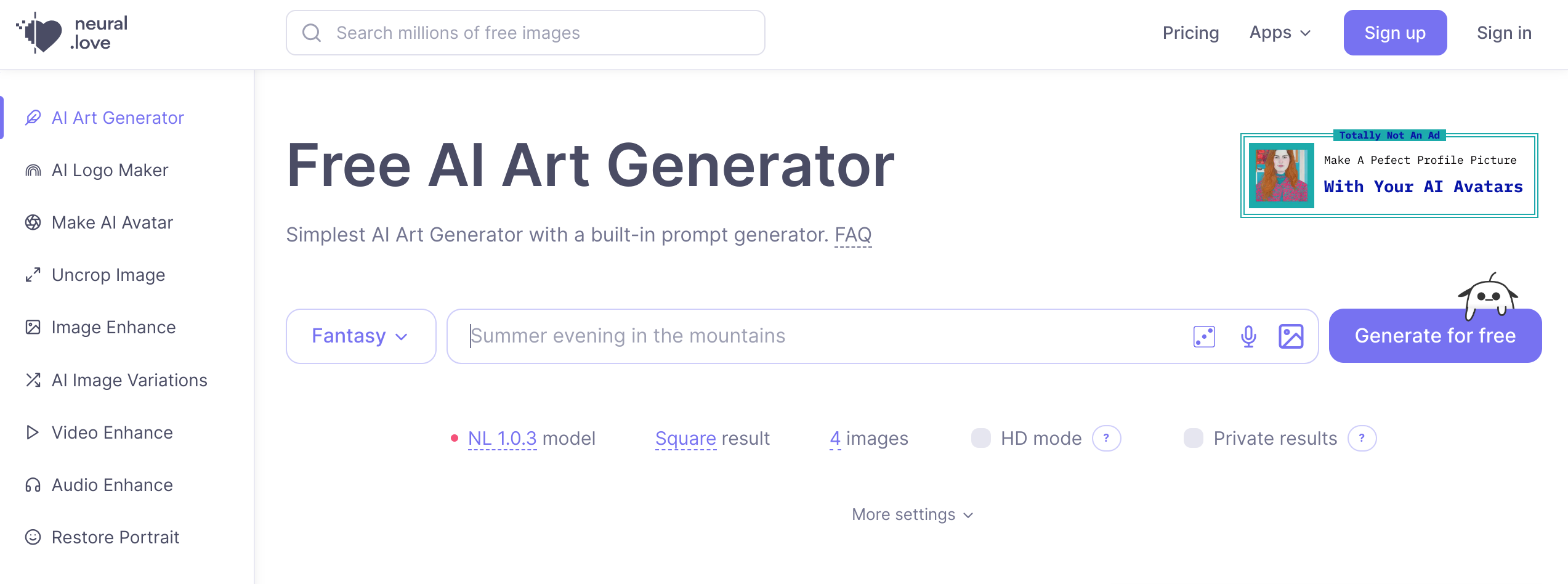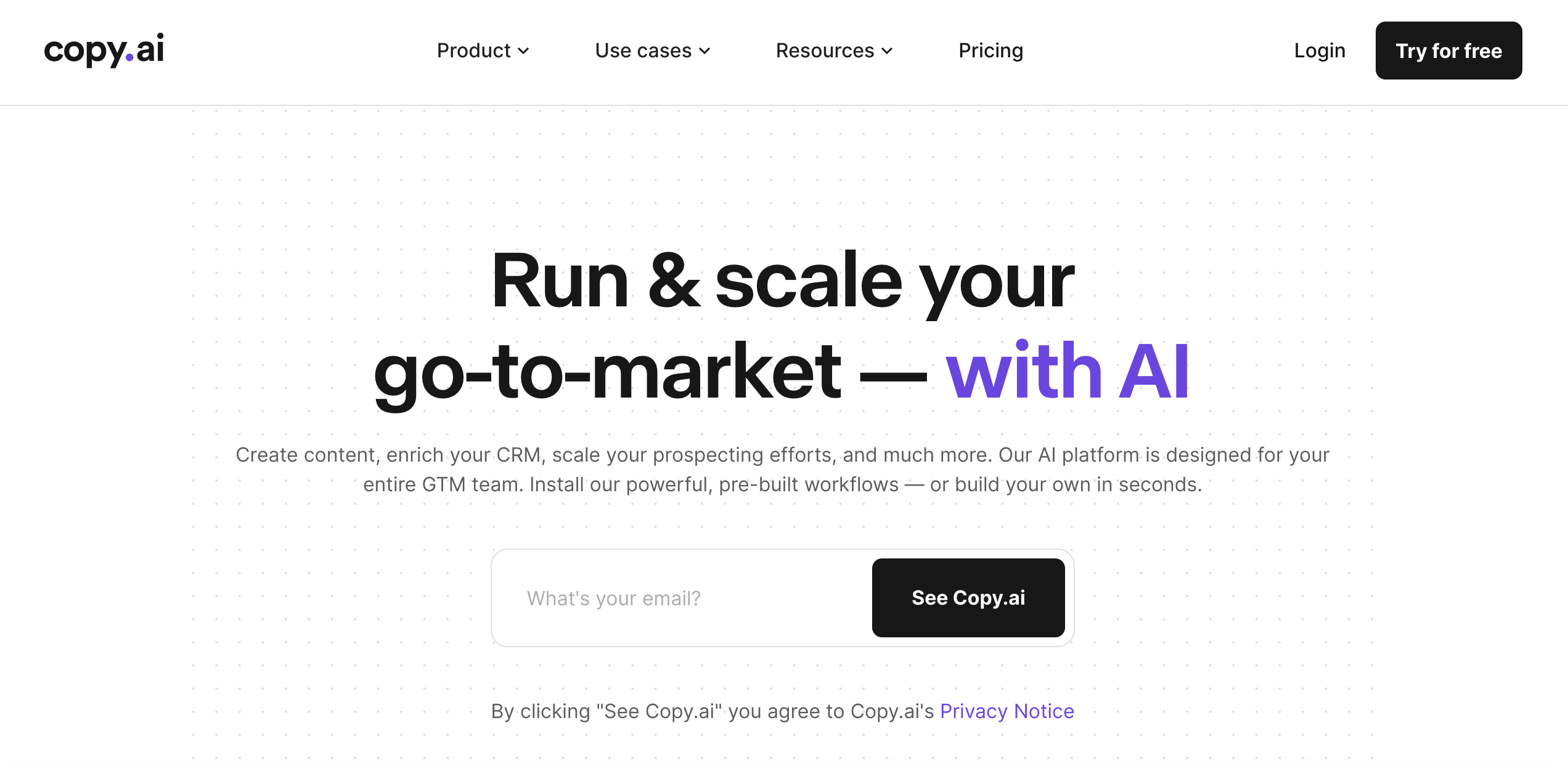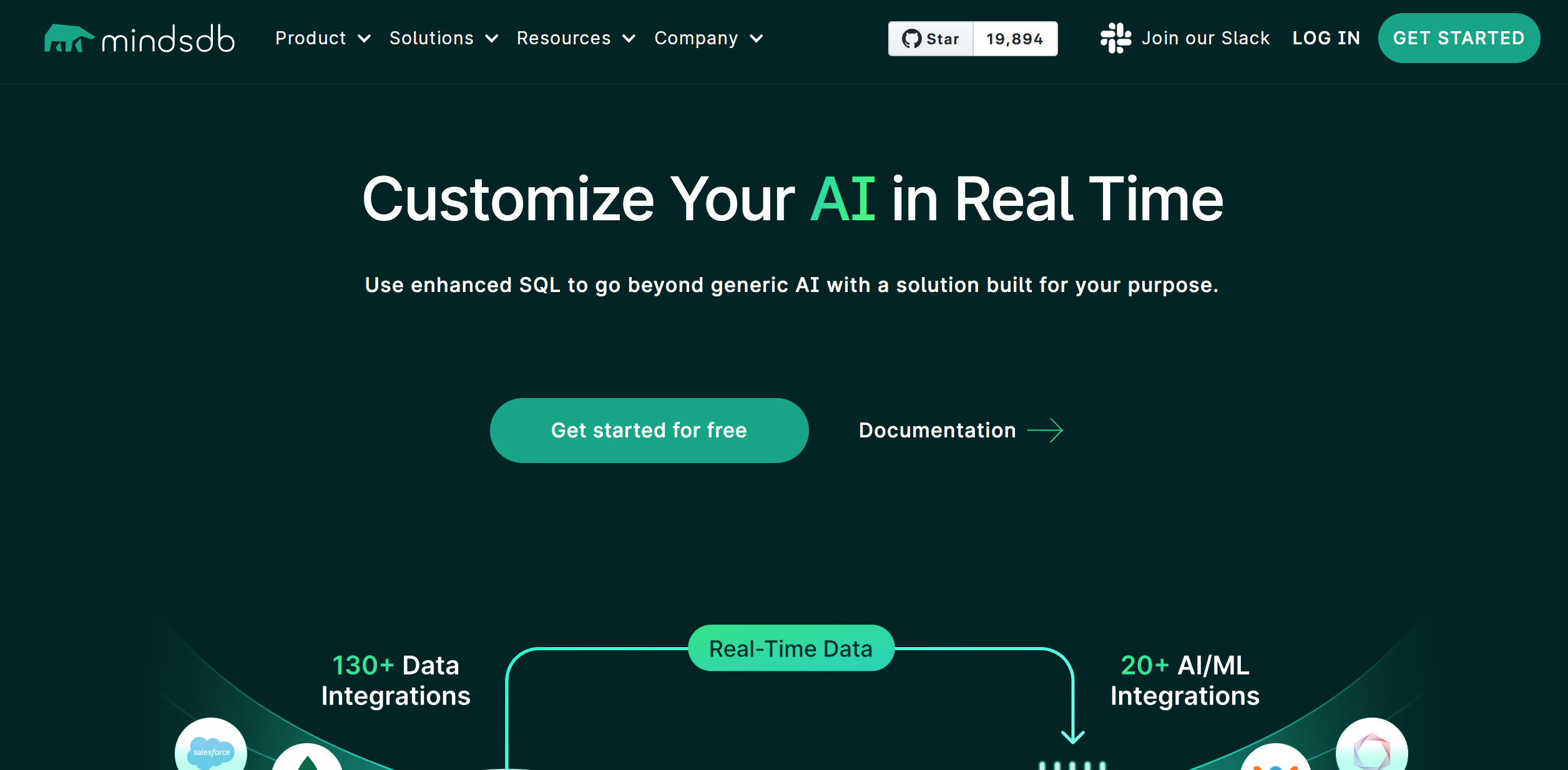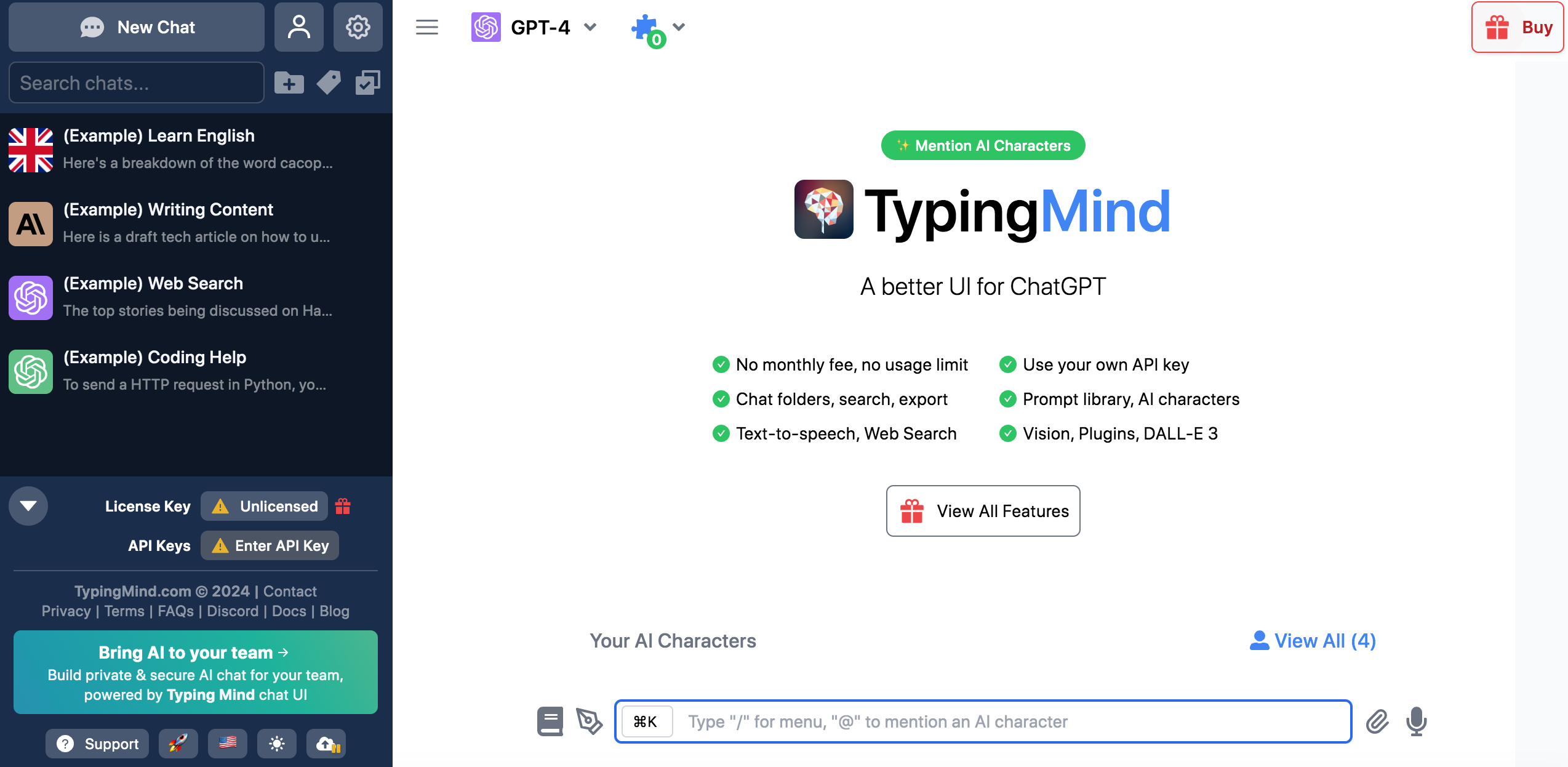Introduction:
The internet has come a long way since its inception, but it still faces challenges such as data privacy and control. RSS3 aims to address these challenges by creating a decentralized and open web protocol. In this review, we will explore what RSS3 is, why users should try it, its pros and cons, and how to get started with the platform.
What is RSS3?
RSS3 is a decentralized and open web protocol designed to enhance data privacy, control, and portability. It is built on blockchain technology and aims to make the internet more transparent, secure, and decentralized. With RSS3, users have full control over their data and can share it securely with others without the need for intermediaries.
RSS3 also introduces a new type of content storage system called Web3 Storage. It allows users to store their data securely and in a decentralized manner. Web3 Storage is built on the InterPlanetary File System (IPFS) and Filecoin, making it more resilient to censorship and data loss.
Why Use RSS3?
There are several reasons why users should consider using RSS3.
First and foremost, RSS3 provides users with greater control over their data. With traditional web protocols, users have little to no control over their data and must rely on intermediaries to manage it. RSS3 eliminates the need for intermediaries, giving users full control over their data.
Secondly, RSS3 enhances data privacy. With RSS3, users can store and share their data securely without the risk of it being accessed or stolen by third parties. This is especially important in today’s world where data breaches and cyber attacks are becoming more frequent.
Thirdly, RSS3 makes the internet more decentralized. By eliminating the need for intermediaries, RSS3 creates a more peer-to-peer network where users can share and access data without the need for centralized servers. This makes the internet more resilient to censorship and data loss.
Pros of RSS3:
- Decentralized and open web protocol
- Provides greater control over data
- Enhances data privacy and security
- Makes the internet more decentralized
- Uses Web3 Storage for secure and decentralized data storage
Cons of RSS3:
- Still in the early stages of development
- Adoption may take time
- Limited number of use cases currently
How to Get Started with RSS3:
To get started with RSS3, users can visit the official website and download the RSS3 client. The client is available for Windows, Mac, and Linux operating systems. Once downloaded, users can create an account and start using the platform.
Users can also join the RSS3 community to stay up-to-date with the latest developments and connect with other users. The community is active on social media platforms such as Twitter, Telegram, and Discord.
Final Thoughts:
RSS3 is a promising decentralized and open web protocol that aims to enhance data privacy, control, and portability. It eliminates the need for intermediaries, provides greater control over data, and makes the internet more decentralized. While it is still in the early stages of development and adoption may take time, RSS3 has the potential to revolutionize the way we share and access data on the internet.
